
Here you can stroll at low tide along the seabed, ride horses on the flowery heathland, take a trip in the footsteps of the Pied Piper of Hameln, see the monuments of the Weser Renaissance and also stroll through the royal gardens from the baroque era in Hannover – the capital of the German federal state of Lower Saxony (Niedersachsen).
North Sea
Walk at low tide along the coast of Baltrum Island
Lower Saxony is the second largest federal state in Germany after Bavaria. Great area – a wide variety of attractions. Many Germans love Lower Saxony for the resorts on the North Sea coast and the islands of East Frisia. The local coastal shallow water – the Wadden Sea – is included in the UNESCO World Heritage List.
Lüneburg heath
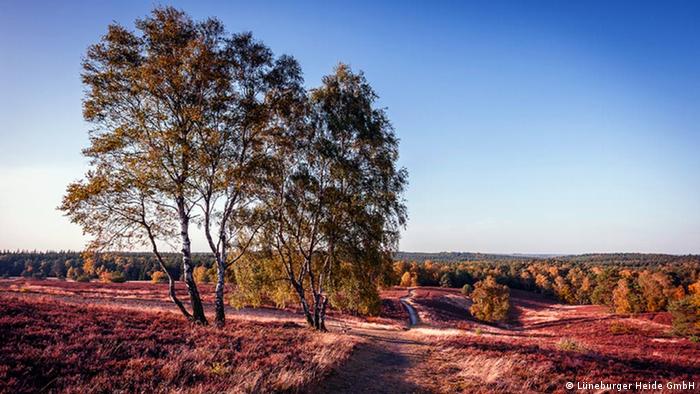
Lüneburg Heath during heather bloom
Hanover

Old Town Hall in Hannover
From the desert to the capital of the federal state. Hannover’s main architectural symbol is the New Town Hall. This large representative building was erected at the beginning of the 20th century in the style of historicism (eclecticism) outside the Old Town. At the same time, a vast park was placed around it. The dome can be reached by a unique elevator, which first moves vertically and then at a 17-degree angle.
time
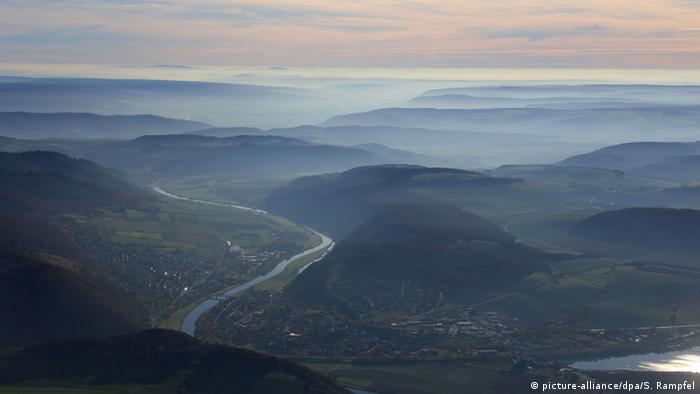
Weser river valley near the town of Bodenwerder
Lower Saxony is a true paradise for those who like to travel by bike. One of the popular tourist cycling routes is laid along the River Weser – 500 kilometers to the place where it empties into the North Sea. The most famous cities on this river are Hameln, Bremen and Bremerhaven. Among architectural attractions, a special place is occupied by monuments in the style of the so-called Weser Renaissance.
Pied Piper’s City
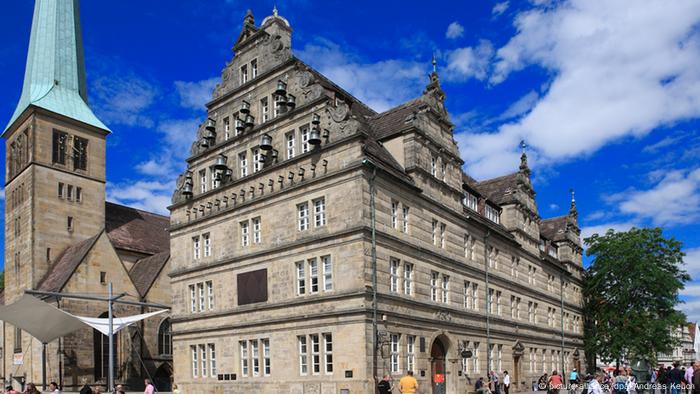
Hameln wedding party house
One of the centers of the Weser Renaissance is Hameln. Among the attractions of this period is the Casa das Festas de Casamento in the main square of the city. Here, more than seven centuries ago, took place the events that formed the basis of the legend of the Pied Piper of Hamelin. With the help of his magic pipe, he saved the city from the invading rats, and then, without receiving any money, took all the children out of here.
gossip
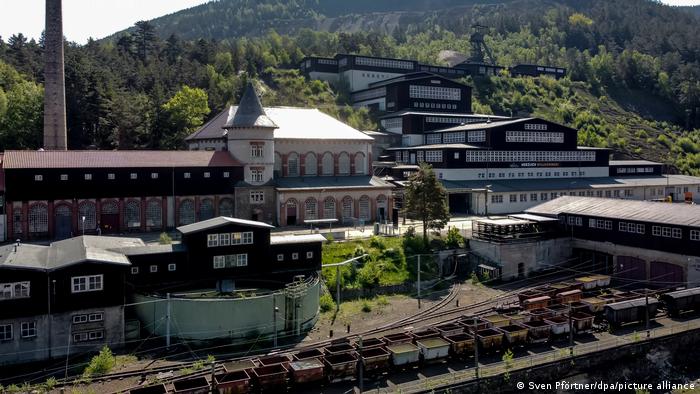
Rammelsberg mine
In the town of Goslar in Lower Saxony there is one of the oldest mines in the world – Rammelsberg, where silver, gold, copper and other metals have been mined for over a thousand years. It is now a museum and is included in the UNESCO World Heritage List. The same status was given to the local Old Town. During the reign of representatives of the Salian dynasty and the Hohenstaufen family, Goslar was called “Rome of the North”.
Hildesheim
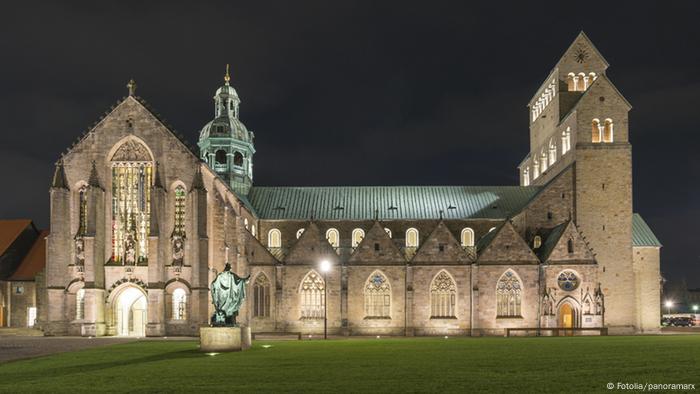
Two more UNESCO World Heritage Sites of Lower Saxony are located in the city of Hildesheim: the Church of Saint Michael, consecrated in 1022 and nicknamed “Castle in Heaven”, and the Romanesque Cathedral of the Assumption of St. from Germany. Here is the symbol of the city – “The Millennium Rose”.
riding school
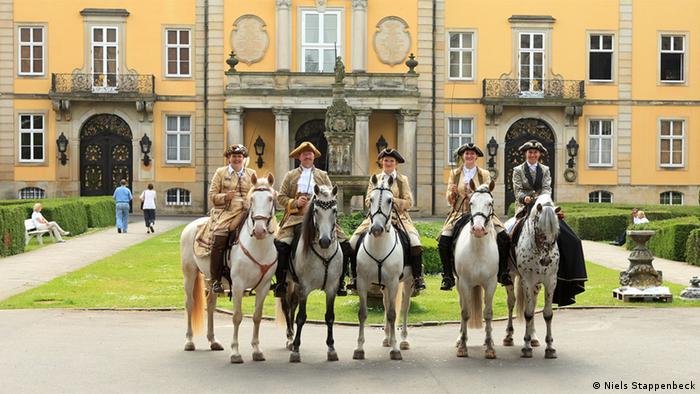
Buckeburg Castle
Lower Saxony has a long tradition of horse breeding. It is no accident that the coat of arms of this federal state depicts a white horse. Here is the only riding school in Germany. It is located in the 17th century Bückeburg castle. The princely stables contain more than two dozen horses of all surviving breeds used for dressage in the Baroque era.
autocity

Millionth “Beetle” (VW Käfer) 1955 and Porsche 911 1966 at the automobile museum in Wolfsburg
The headquarters of the German company Volkswagen is located in Lower Saxony. The city of Wolfsburg was founded in 1938 specifically for car factory workers. For tourists at the beginning of the new millennium, the so-called Avtograd was built here – a kind of amusement park, a museum of automotive history and a laboratory for the future. About 2.3 million people visit it every year.
calcrisis
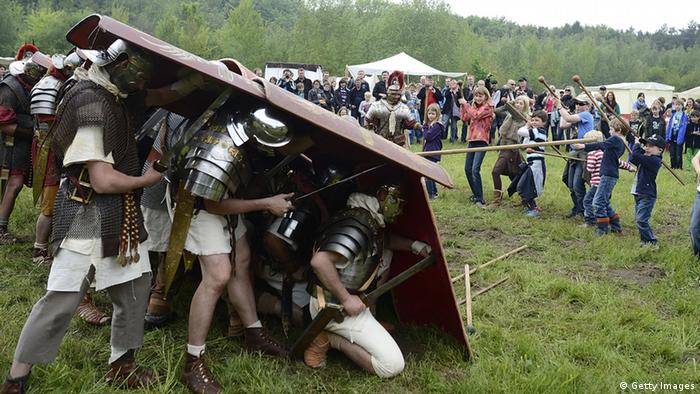
Reconstruction of the battle in the Teutoburg Forest
The area of present-day Kalkriese district is considered to be the likely site of the Battle of Teutoburg Forest. During this battle in 9 AD. Germanic tribes under the leadership of the Cherusci leader Arminius defeated the 20,000th Roman army. This led to the liberation of Germany from the rule of the Roman Empire. Now a museum is open here and a festival is held.
Source: DW
Lori Barajas is an accomplished journalist, known for her insightful and thought-provoking writing on economy. She currently works as a writer at 247 news reel. With a passion for understanding the economy, Lori’s writing delves deep into the financial issues that matter most, providing readers with a unique perspective on current events.